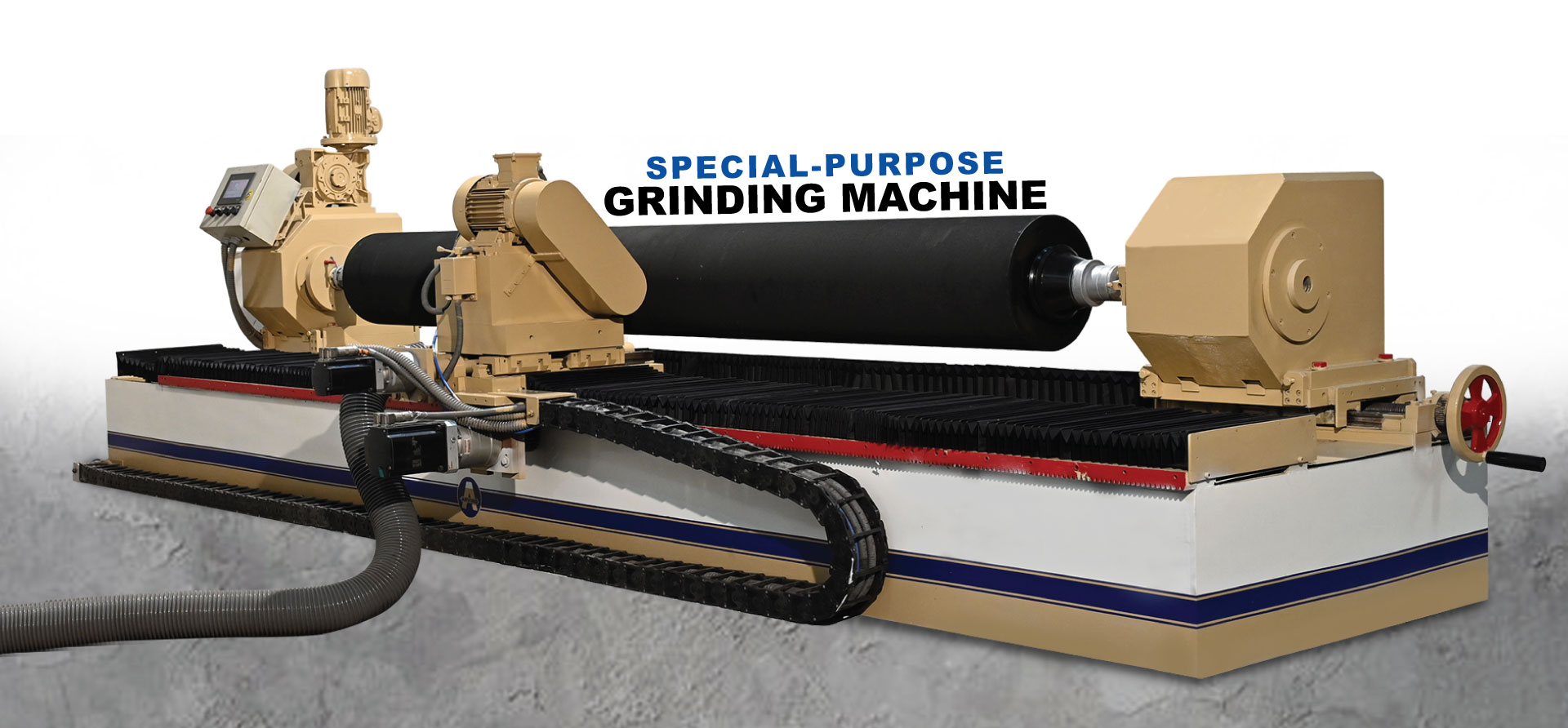
Over the years, rubber rollers manufacturing process technology has evolved substantially. Manufacturing companies across the globe, including India, are adapting new tools and technology to fabricate business-centric range enabling companies to materialize their business objectives. Redundant technology and processes are in fact swiftly fading away from the market. Rightly so! Obsolete methods increases production cost.
In this short blog, we are going to highlight the manufacturing process, how industrial rollers are manufactured using modern tools and technology.
Manufacturing process
Industry experts have defined the manufacturing process in five stages:
-
Preparation of Core and Rubber to Metal bonding
-
Formation of Rubber covering
-
Vulcanization and Cooling
-
Groove Cutting
-
Balancing
Preparation of Core and Rubber to Metal bonding
A flawless adhesion between rubber and core is important as it plays a significant role in optimizing performance of rubber rolls in different industries. The process begins by exposing the cores to steam at about 150°C for numerous hours. This keeps anticorrosive materials applied on new cores at bay. When such similar processes are over, the cores are exposed to sandblast. It produces a unique metal surface, absolutely free from rust and dust. Using solvent, the cores are washed to ensure that it’s free from any grease or oil trace.
In the form of a thin film, chemical bonding agents are applied evenly using a brush. The moment the film of bonding agent has dried, commence the buildup of the roll.
Formation of Rubber Covering
The first step is followed by the formation of a rubber covering. The rubber cover compound measuring 1.0-1.5 mm thick goes through cooling process with the support of cooling drums. Later on it’s wound with a polyethylene sheet. Now it’s time to apply a cover sheet over the core with the help of hand rollers. In many situations, use of extruded sheeting is preferred over calendered sheeting. There are reasons supporting it. Because the sheet doesn’t reflect any kind of blisters. These blister-free sheets can be of higher thickness (range of 4-8 mm). Such a feature reduces building time. Besides, there are a few other methods for the formation of rubber covering.
Vulcanization
Under the vulcanization process, crosslinks are created between the elastomer chains or the rubber compound. This process lends the polymer its necessary physical properties. The process of vulcanization is carried out by introducing the heat into the system. This supports the bonding of the curative agents, including sulfur and peroxide. Post heating process, the rubber is left to cure for a few hours. Later on, the rubber roller is cooled for the subsequent stage.
Groove Cutting
Under this process, specially designed grooved regions are created on the surface of the rubber roll. Subsequently, the surface area is expanded. The expanded area prevents slippage and improves heat dissipation. In addition, it is used for embossing and print patterns.
Grinding
Grinding process enables in smoothening the surface of the rubber cover as it wards off protruding parts. Besides, there also levels overlapping strips. The grinding process is carried out through a sophisticated machine called a grinding machine. The rubber rollers are rolled through an abrasive wheel, a kind of a turning lathe.
Balancing is the last stage of the industrial roller company manufacturing rubber roller. There are two ways by which a roller can become imbalanced: static and dynamic. According to industry experts, static imbalance is identified when the roller rolls to its heavy side whenever allowed to rotate freely. Whereas a dynamic imbalance occurs when a rubber roll is rotated to its operating speed and generates vibration. Through testing the roller into a computer-monitored dynamic balancing system, dynamic balancing is addressed.
Summary
Taking into account various challenges and problems being faced by numerous industries, including packaging, textile, paper, plywood and laminate among others, the product is manufactured using innovative technology and processes.


